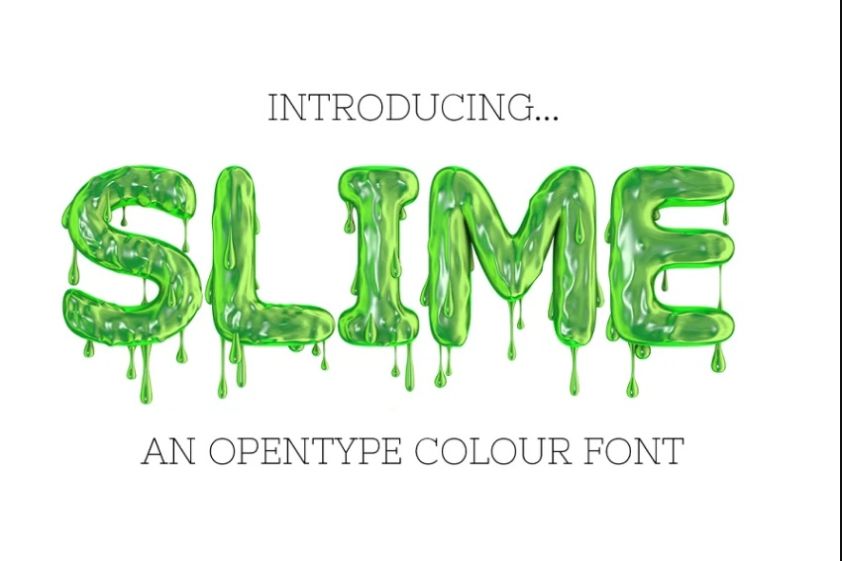
VFC for FontLab is like PSD for Adobe Photoshop. You cannot install VFC files in Windows or macOS, but this format can retain all your font production elements. It is an extension to the FontLab Studio VFB format. The VFC file format is only used in FontLab VI (and potentially by future FontLab apps).

VFC is faster, but VFJ is human-readable. Saving in any other format is actually an export and is likely to lose some elements such as glyph notes, pins, element references, etc.

Both can keep all elements used in the font design process.

These fonts contain two separate parts that are required to be installed, thus their setup is a bit harder. PostScript (yep, you thought it’s just OTF and TTF, right?) was developed by Adobe in the late 1980s. Conviction: Suitable for designers looking for bigger freedom. They are sometimes a bit more expensive, because of this reason. OTFs are useful when working at the same time with multiple languages. It can store up to 65 000 characters including special characters, letters, digits, and glyphs with extended typographic features. OTF was developed out of TTF in the late 1990s by Adobe and Microsoft. TTFs include all of the needful for screen viewing and printing right in the same file. TTF was created by Apple and Microsoft in the 1980s and currently is the most famous font file. However, if you just want to make your presentation look better than which one you will end up choosing does not matter.Ī bit more details for the more curious readers:

In plain English, this means that if you are a graphic designer, you will choose the OTF type because it gives you a lot more freedom to manipulate each and every character (by using specialized software like Adobe Illustrator). The character outlines in OT/CFF fonts are made of cubic Bézier paths whereas in TT fonts they’re made of quadratic Béziers. otf file extension are based in part on the TrueType standard.Įven though these two font types have a lot in common, they are primarily distinguished by their different outline formats.


 0 kommentar(er)
0 kommentar(er)
